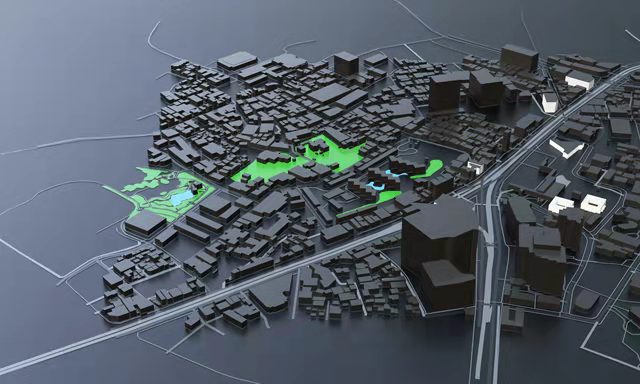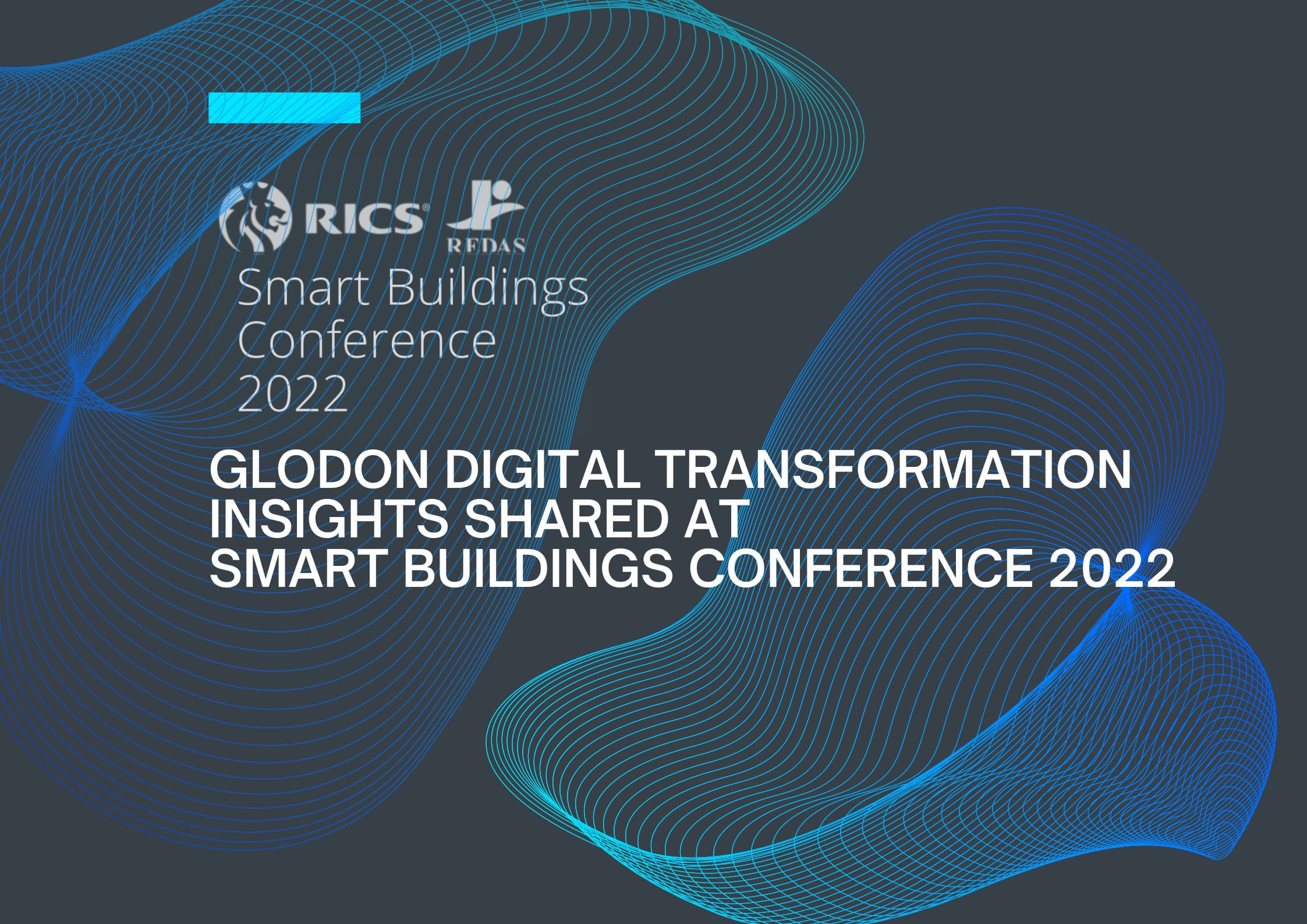May 08.2023
A Complex-structured Single-building Airport Terminal Enabled with Digital Construction
In the realm of architectural marvels, Beijing Daxing International Airport stands tall as a testament to the grand vision and meticulous planning. Originally a small village with narrow streets, this vibrant and hopeful new aviation hub has grown into an extensive transportation system with a significance that goes way beyond its physical size.
Featuring a majestic phoenix spreading its wings, Beijing Daxing International Airport has captured the world's attention. The airport has an area of 1.4 million square meters, equivalent to 218 soccer fields. It also has a floor area of 700,000 square meters, like nine Louvre museums.

Broadening Horizons ?
The airport's design highlights a level of complexity seldom seen in the realm of construction, pushing the boundaries of what is possible. With its largest single-building construction complexity, it is the first to have double-deck departure and arrival platforms, making travel seamless. Furthermore, it is the nation's largest integrated transportation hub, offering travellers from near and far seamless high-speed rail connectivity.
The realization of this architectural triumph was not without its challenges. Construction was an extremely challenging endeavour, but through unwavering determination and relentless pursuit of excellence, the project was completed quickly and precisely.
In a mere 100 days, 10,000 foundation piles were constructed — a feat unimaginable in most other contexts. A solid foundation for this colossal structure was constructed with an astonishing 1.05 million cubic meters of concrete poured over the course of ten months. Within 80 days, a steel framework covering 180,000 square meters of a free form curved roof, meticulously installed, defying conventional assumptions.
To tackle the complexities of this project, architects and engineers turned to cutting-edge technology, paving the way for new frontiers in digital construction. Building Information Modelling (BIM) technology emerged as the guiding force, providing a comprehensive platform for collaboration and innovation.
Using BIM to Its Full Potential
A cloud-based system facilitated data sharing in real-time, which allowed for tracking of progress, managing costs, and allocating materials. With the meticulous management platform for pile foundations, all sections, piles, and construction processes were monitored in real-time with unparalleled precision and control. As a result of BIM, material extraction from digital models streamlined planning and generated accurate demand lists for civil engineering supplies and MEP supplies. Project control was enhanced by implementing real-time quality and safety management, which enhanced accountability, locating errors promptly, and improving effectiveness.
Glodon, as a leading digital building provider, played a crucial role in the realization of Beijing Daxing International Airport. Using digital intelligence, this project was able to improve management efficiency and quality as well as accelerate implementation. An impressive example of how digital construction can transform the landscape of architectural wonders and how BIM technology can make a difference.
CIM-enabled Management System
Besides the terminal, Glodon also built the Beijing Daxing International Airport Economic Zone's integrated planning and construction information platform.
Using City Information Modelling (CIM), this project has revolutionized how data is collected, stored, organized, and visualised. Five subsystems comprise the platform, including planning and construction, business services, project management, data management, and operations and maintenance. Each plays a key role in improving regional management.
Among them, the project management system capitalizes on advanced information technologies such as BIM, GIS, big data, cloud computing, and IoT to ensure integrated and coordinated management of major projects within the region. The system monitors construction site safety, quality, progress, labour, site videos, tower crane operations, and environmental factors in real-time. In addition to enhancing efficiency, the system also enhances project management and supervision capabilities by providing a platform for collaboration between stakeholders.
With this transformative initiative, other cities around the world can follow, demonstrating the power of integrated information platforms for shaping sustainable, efficient, and smart cities.













